To measure a toilet seat, use a tape measure to determine its length and width. Then, measure the distance between the mounting holes on the toilet bowl.
To measure a toilet seat, use a tape measure to measure the length and width of the seat and the distance between the mounting holes on the toilet bowl. Accurate measurements are essential when finding the right toilet seat size.
Knowing how to measure a toilet seat correctly is crucial for selecting the right size and ensuring a proper fit for your bathroom. This guide will discuss the steps to measure a toilet seat accurately, allowing you to purchase the ideal replacement or new seat for your toilet. Accurate measurements are particularly important if you’re dealing with issues like paint coming off the toilet seat, as you’ll want to ensure the new seat not only fits perfectly but also addresses any aesthetic or functional concerns caused by the previous seat’s wear. With a clear understanding of how to measure the seat’s length, width, and distance between the mounting holes, you can confidently choose a toilet seat that enhances your bathroom’s comfort and style. For more helpful tips and detailed guides on home improvements and repairs, Beebuze offers a wealth of resources to assist you in making informed decisions for your home.
Why Accurate Measurements Matter
When installing a new toilet seat, accurate measurements are essential to ensure a proper fit and prevent installation issues. Taking the time to measure your toilet seat correctly can save you time and frustration down the road. Let’s explore why accurate measurements matter when installing a toilet seat.
Ensuring Proper Fit
Proper measurements ensure the newly purchased toilet seat fits perfectly on your toilet bowl. Measuring the dimensions of your toilet bowl opening will help you find a seat that aligns with the size and shape of your toilet. This step is essential to avoid unnecessary returns or exchanges due to an ill-fitting seat, saving time and money in the long run.
Preventing Installation Issues
Accurate measurements also play a crucial role in preventing installation issues. When the toilet seat size aligns with the bowl, installation becomes a smooth process. Incorrect measurements can lead to misalignment, instability, and potential damage to the toilet bowl during installation, emphasizing the importance of precision when measuring.
Ensuring proper fit and preventing installation issues are critical factors that emphasize the significance of taking accurate measurements before purchasing a new toilet seat. By doing so, you can streamline the installation process and enjoy a stable and secure seat on your toilet.
Tools Needed For Measuring
Before you measure a toilet seat, having the right tools on hand is essential. A proper measurement ensures that you get the right seat for your toilet, making the installation process much more manageable. Here are the vital tools needed for measuring a toilet seat:
Measuring Tape
A measuring tape is a fundamental tool for getting accurate dimensions. It allows you to measure the length and width of the toilet bowl to ensure that the seat will fit properly. Be sure to choose a sturdy and flexible measuring tape for best results.
Straight Edge
A straight edge is crucial for finding the centerline of the toilet bowl. This helps ensure that the seat is positioned correctly. You can use a ruler, piece of wood, or any straight object long enough to span the width of the bowl.
Marker Or Pen
A marker or pen will allow you to accurately mark the locations and measurements. Using a contrasting color to your toilet bowl will make the measurements much easier to read. This will help you avoid confusion when transferring the measurements to the new seat.
Step-by-step Guide To Measure A Toilet Seat
Are you considering replacing your toilet seat but unsure how to measure it correctly? Don’t worry; we’ve got you covered with this step-by-step guide on measuring a toilet seat. By following these simple instructions, you can ensure a perfect fit for your new toilet seat.
Remove the Existing Toilet Seat
The first step is to remove the existing toilet seat. To do this, locate the two hinges at the back of the chair, which connects to the toilet bowl. Take note of the type of hinge – whether it is a top mount or bottom mount – as this will help you choose the correct replacement seat.
Measure the Width Of the Bowl
Next, measure the width of the toilet bowl. Begin by placing the end of your measuring tape on one side of the bowl and extending it across to the other—measure at the bowl’s widest point, typically at the center. Please write down this measurement, as it will be important when selecting a correctly sized toilet seat.
Measure the Length Of the Bowl
After measuring the width, it’s time to measure the length of the bowl. Place the end of your measuring tape at the front of the bowl, directly where the seat is attached, and extend it towards the back until you reach the end. Again, record this measurement accurately, as it will be crucial in finding the right-sized replacement seat.
Measure the Distance Between Mounting Holes
Now, let’s measure the distance between the two mounting holes. Start by measuring from the center of one hole to the center of the other hole. This measurement will help you determine the specific size and shape of the replacement seat you need.
Note the Shape And Contour Of the Bowl
Finally, note the shape and contour of the toilet bowl. Is it round or elongated? This information is vital as it will ensure that the replacement seat perfectly matches the shape of your toilet bowl.
Common Mistakes To Avoid
When measuring a toilet seat, it’s essential to avoid common mistakes that can lead to a mismatched or ill-fitting seat. By being aware of these pitfalls, you can ensure that the toilet seat you choose fits perfectly and provides optimal comfort. Let’s explore some of the most common mistakes to avoid when measuring a toilet seat:
Not Accounting For Seat Lid
An often overlooked aspect of measuring a toilet seat is failing to account for the seat lid. Many toilet seats come with a lid that needs to be considered when determining the proper size. The lid not only adds to the overall dimensions of the seat but also affects the aesthetics and functionality. Measuring the length, width, and thickness of both the seat and the lid is crucial to ensure a correct fit.
Inaccurate Measurement Of Hole Distance
Measuring the distance between toilet seat mounting holes is another critical step that is frequently done inaccurately. This measurement determines how the seat attaches to the toilet bowl. Ignoring or miscalculating this distance can lead to a seat that doesn’t align with the mounting holes, resulting in wobbling or instability. Carefully measure the hole distance from the center of one hole to the center of the other, ensuring precise accuracy.
Ignoring Bowl Shape And Contour
The shape and contour of the toilet bowl play a significant role in choosing the right seat. Ignoring this aspect can result in discomfort and an improper fit. Toilet bowls come in various shapes, such as round, elongated, or square, and each requires a correspondingly shaped seat. Additionally, some toilet bowls have contoured surfaces, which means the seat should have a matching contour for a secure and comfortable fit. It’s essential to consider your toilet bowl’s shape and contour while measuring for a new seat.
Choosing The Right Size Toilet Seat
Find the perfect-sized toilet seat by measuring your toilet. Measure the length and width of your current seat, or directly measure the inside of the toilet bowl for accurate sizing.
You might not think much about your toilet seat, but choosing the right size is crucial for comfort and functionality. This section will discuss how to measure a toilet seat and match your measurements to standard sizes. We will also consider special features or requirements you should consider.
Matching Measurements To Standard Sizes
Matching your measurements to standard toilet seat sizes is essential to ensure a proper fit. Start by measuring the width and length of your toilet bowl. Use a measuring tape to measure the distance between the mounting holes on the back of the toilet seat. Match these measurements with standard sizes to find a seat that will fit perfectly.
Considering Special Features Or Requirements
Apart from size, there are other factors to consider when choosing a toilet seat. Some seats come with unique features like soft-closing hinges or built-in bidets. Determine whether you need these additional features and look for available seats. Additionally, some bathrooms may have specific requirements, such as wheelchair accessibility. In such cases, ensure that your selected seat meets the necessary specifications. To make the process easier, here is a simple table that outlines the standard sizes and their corresponding measurements:
| Standard Size | Width (inches) | Length (inches) |
| Round | 16.5 | 14.5 |
| Elongated | 18.5 | 16.5 |
| Compact Elongated | 17 | 15 |
| Wide Elongated | 18.5 | 20 |
Now that you know how to measure a toilet seat and choose the right size, you can confidently shop for the perfect seat for your bathroom. Whether you prioritize comfort, style, or special features, finding the right fit ensures a pleasant and hassle-free experience.
Frequently Asked Questions On How To Measure A Toilet Seat
How Do You Measure A Toilet Seat?
To measure a toilet seat, start by measuring from the center of the bolt holes in the back of the chair to the very front edge of the chair. Then, measure the width of the seat from side to side.
What Are The Standard Toilet Seat Dimensions?
Standard toilet seat dimensions are typically around 16. 5 inches long and 14. 5 inches wide. However, it’s important to note that toilet seat dimensions can vary slightly, so it’s always best to measure your specific toilet seat for accurate sizing.
How Do I Know If I Need A Round Or Elongated Toilet Seat?
To determine if you need a round or elongated toilet seat, measure the length of your existing seat from the center of the bolt holes to the front edge of the chair. You have a round seat if the measurement is approximately 16. 5 inches.
You have an elongated seat if it’s closer to 18. 5 inches.
Can I Use Any Toilet Seat For Any Toilet?
No, not all toilet seats will fit all toilets. To ensure a proper fit, you need to consider the shape and dimensions of your toilet bowl. Round toilet seats are designed for round toilet bowls, while elongated seats are meant for elongated toilet bowls.
Make sure to choose a seat that matches your toilet’s shape and size. To accurately measure a toilet seat, follow these simple steps outlined in the blog post.
With these measurements, you can confidently choose a new toilet seat that fits your bathroom décor and needs.

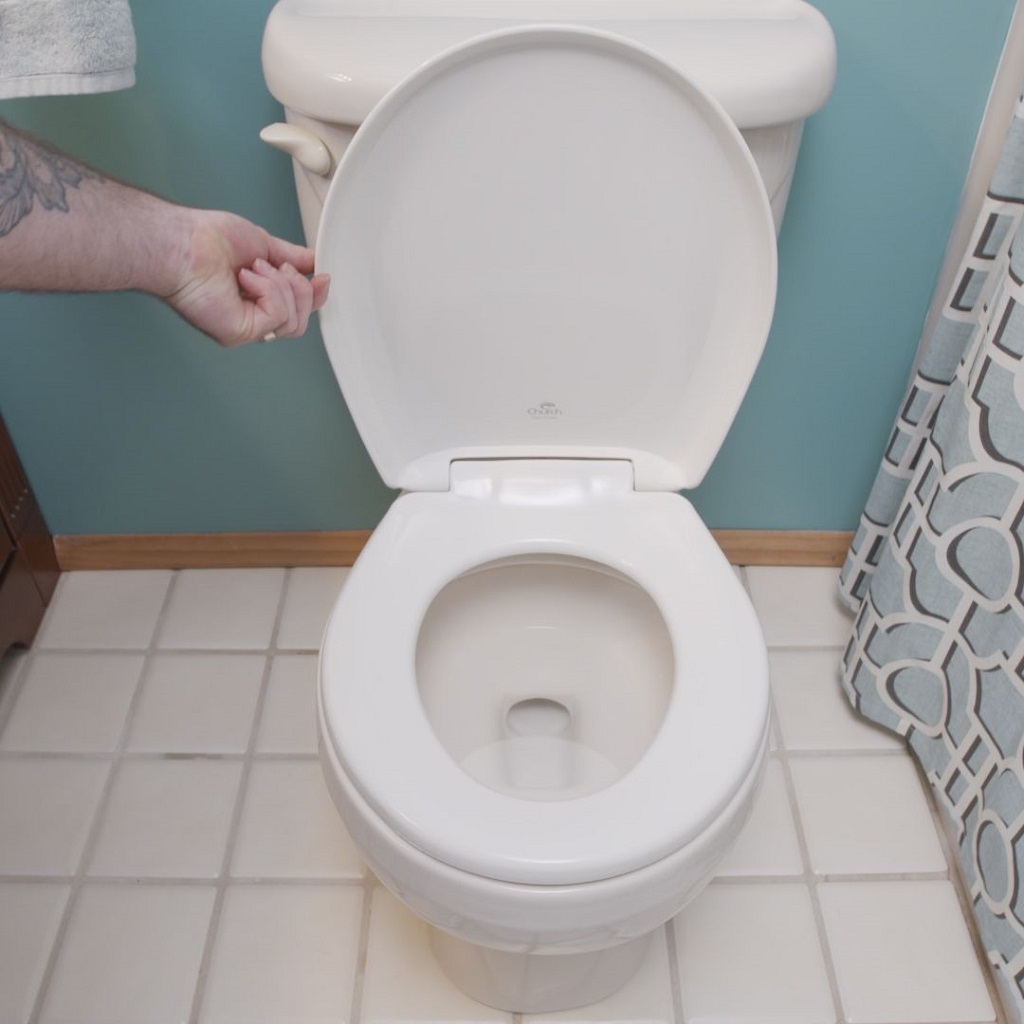
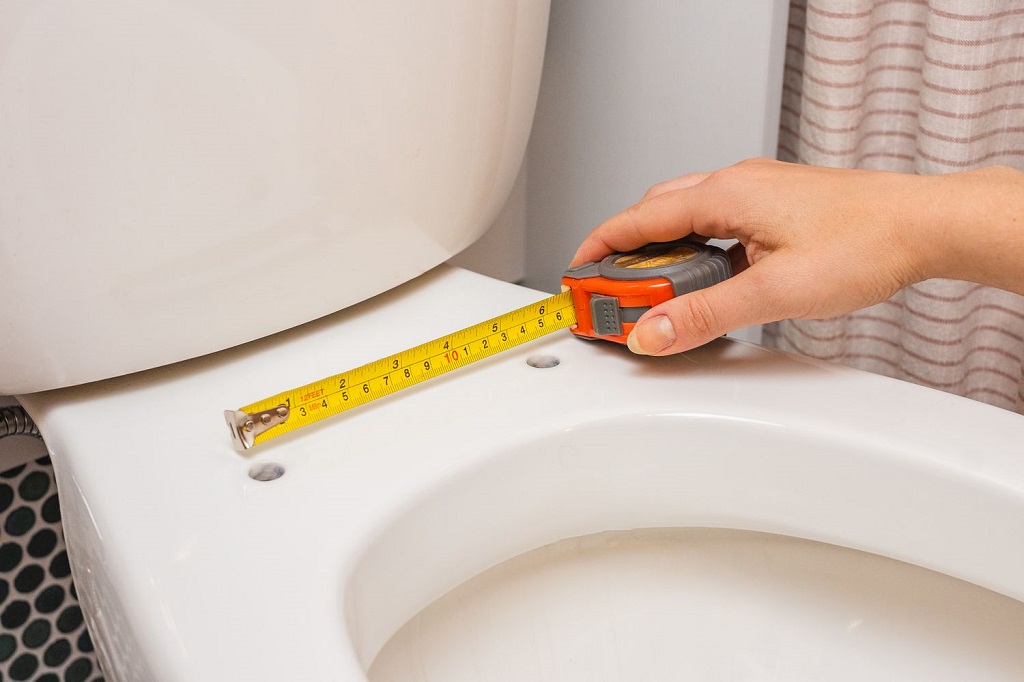
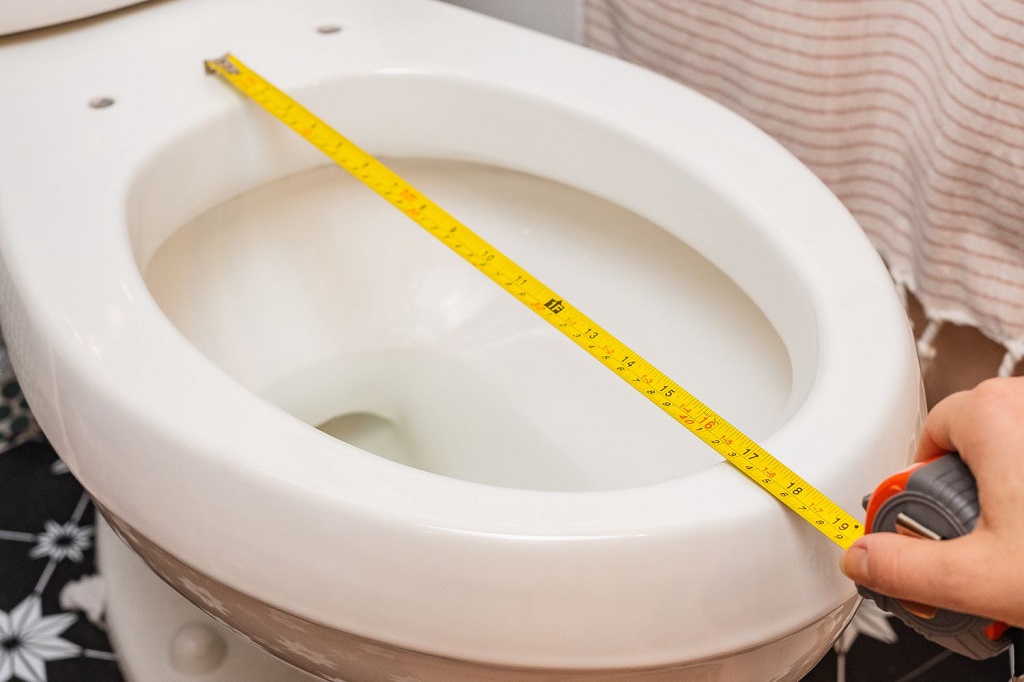
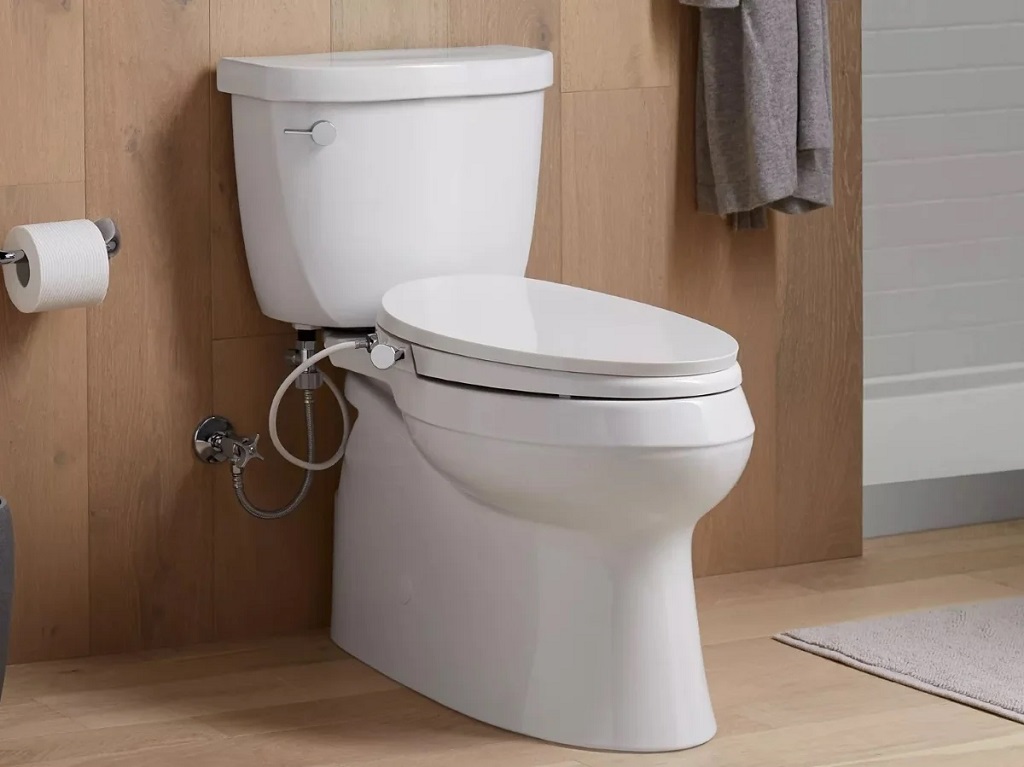

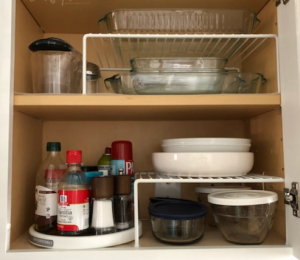
Average Rating